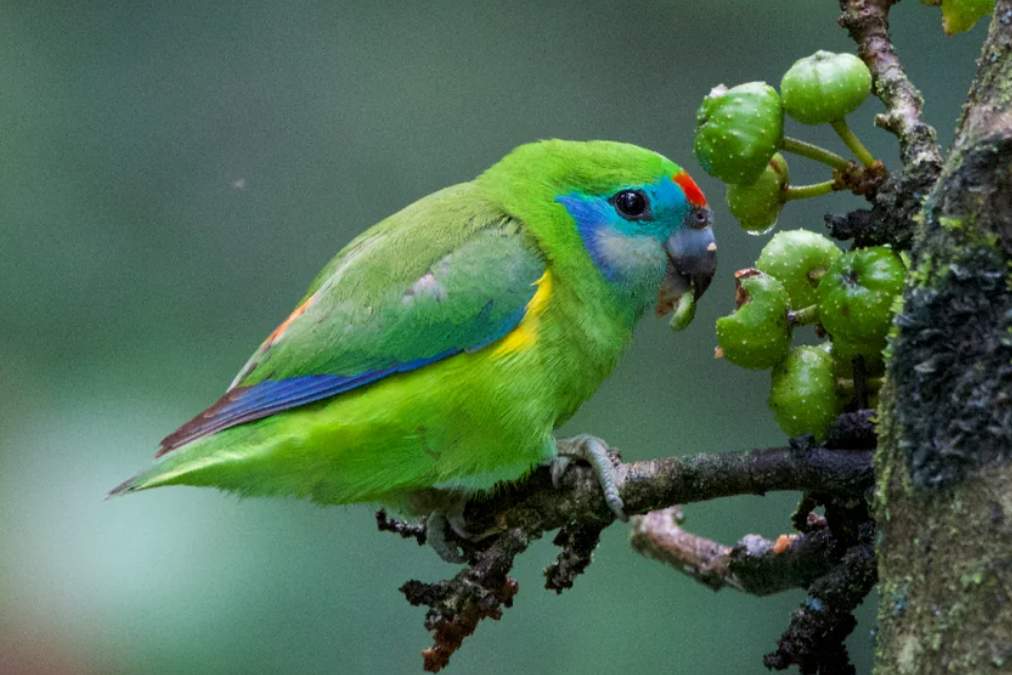The Black Bulbul (Hypsipetes leucocephalus) is also known by the name of Himalayan black bulbul, or Asian black bulbul the members of the bulbul family, which includes passerine bird species.
Black Bulbul is found mostly in the Himalayas with its range extending from India eastwards up to Southeast Asia from Madagascar to central China.
The black bulbul measures between 24-25 centimeters (9.4-9.8 inch) in length and have a long tail.
The body plumage varies from slate gray to a shimmering black according to the race.
They can be very loud with loud mewing, cheeping, and gritty calls.
The Himalayan black bulbul type has been known to produce a sound that resembles the sound of a goat’s kid, hurling its neck in the direction of calling.
The bulbul can be typically found in the broad-leaved forest, gardening, and cultivation, mostly in hills, but Himalayan populations have been known to be able to descend into plains that surround them in winter.
It makes its nest within the form of a bush or tree. Nests were built up in medium-sized trees, mainly on the forest edges of the rainforest-savannah with varying levels of height (1.2-11 meters). The incubation and nestling periods of Black Bulbul fall within the ranges of most species of bulbuls (11–14 days).
Related Reading – Red Whiskered Bulbul
A majority of black Bulbul nests were placed high off the ground, so the role of arboreal mammals, raptors, and colubrid snakes in nest predation, and the level of brood parasitism deserve detailed investigation.
The home is usually a container that is placed inside a fork. It is constructed out of dry leaves, grasses, mosses, lichens, and cobwebs.
The lining is comprised of roots, ferns, and other soft substances. Both genders are involved in nest building. Three or four eggs are part of the typical clutch.
Black bulbuls feed mostly on insects and seeds, and they often appear in small groups sitting on their nests or flying around looking for food.
They’re particularly drawn to the berries. They have been known to consume a variety of berries such as Celtis, Rosa, Melia, and Ehretia within the Himalayas.
Higher levels of insectivory, compared to requirements, could be a reason for the closeness of peak breeding towards the monsoon so that the peak food demand of chicks coincides with the arrival of the monsoon.
They take advantage of the nectars of Salmalia, Erythrina, Rhododendron, and other species. They produce aerial sallies for insects. Black Bulbul is called কালা বুলবুল in Bengali.









